Just How Bad is Budget Blade Steel?
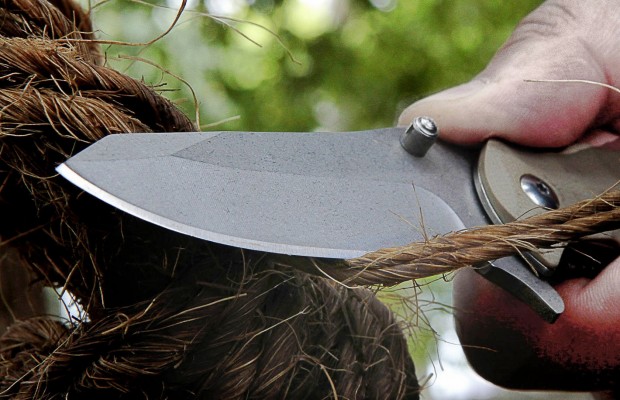
Pete of the Cedric & Ada YouTube channel uses an established, repeatable method to measure edge retention. To date, he has put more than 40 steels to the test on his channel – everything from high-end powder metallurgy steels to butter knife blade steel. We reached out to Pete for his assessment of how budget blade steel measures up to more expensive options.
Pete chooses edge retention as the key criteria to measure folding knife steel. “I want the fine slicing to last as long as possible,” he says. His cut tests, performed using a standardized edge bevel, cutting medium, and method, measure this characteristic, end when the knife can no longer cut printer paper. The testing medium is abrasive sisal rope, and Pete readily admits that this is a harder cut than most. But he finds that steels which fail to make 60-70 cuts in his testing translate to poor EDC options. “Knives that land below the 60 mark generally frustrate me when I carry them extensively as a daily user,” he says.
This metric rules out the standard budget steels on the market today: heat treat plays an important role in the performance of any steel, but in testing, Pete has found that AUS-8, 8Cr13MoV, and 440C all fail to meet the 60 cut mark. To put that in perspective, a modern super steel like CTS-XHP gets all the way to 242 cuts on Pete’s test. “A lot of marketing materials still claim that AUS-8 and 8Cr13Mov are high carbon steels with superior edge retention. This just isn’t true, and hasn’t been for a long time,” Pete says. Knives with these steels are far from unusable, but Pete believes the time has come for makers to offer better options – even at lower price points. “I just want a steel in my lower cost knives which holds a little longer than what’s widely used.”
> > Keep your folders awesome. Grab a Pack of 5 Microfiber Blade Sleeves for $8.99 < <
Pete already sees this transition into the next generation of entry-level steels starting to happen. “Most budget knives come from China. China now seems to buy many decent to great American and European steels,” he says. 14C28N, the steel of choice for Ruike and Real Steel, made it past 70 cuts in Pete’s testing. CTS-BD1, seen on the overseas-produced Spyderco Polestar and Byrd Crow 2, as well as the new versions of the Cold Steel Voyager, made an impressive 112 cuts. “There’s so much choice and capability out there, it’s fair to ask budget makers to move upwards,” Pete states. “Not suddenly, but incrementally.”
In the meantime, Pete advocates a more honest representation of the current gamut of budget steels. “The most important thing is that those steels, if they are used, are not made out to be better than they are.” His testing is not meant to be definitive, but part of a larger process of education among knife enthusiasts. “An educated consumer will make a self-beneficial choice anyhow, and my work in the field only seeks to contribute to that good cause.”
Knife featured in image: Walmart Ozark Trail Flipper


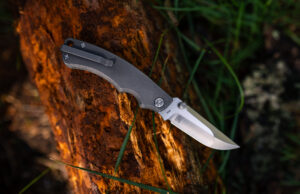

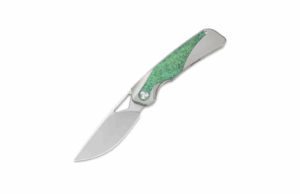
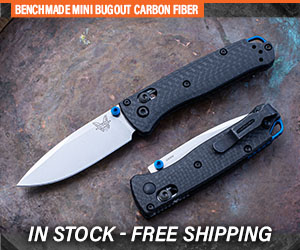
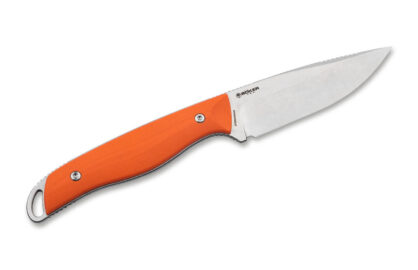




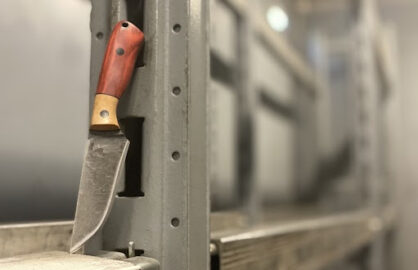
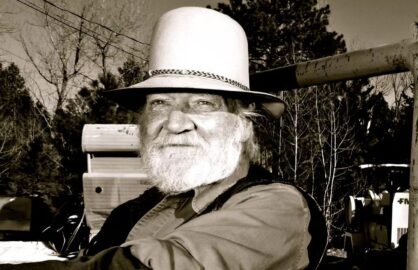
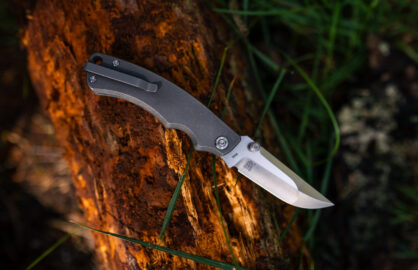

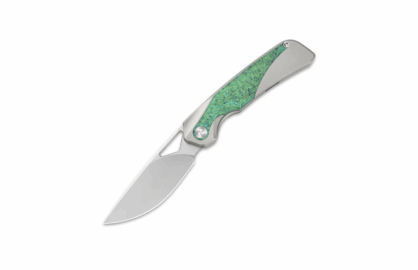
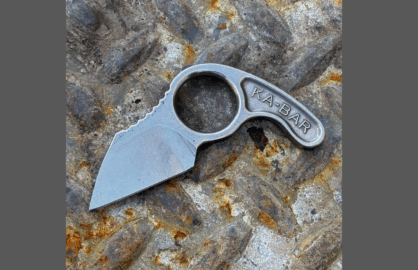
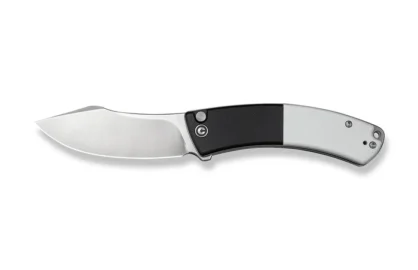



0 comments